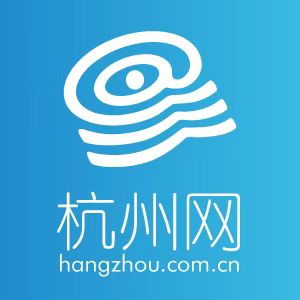Within China's Yangtze River Delta region, a new energy vehicle factory is able to obtain all necessary component supplies within a 4-hour drive through the synergy between industrial clusters, forming a "4-hour industrial circle" for the new energy vehicle industry that embodies the characteristics of a modern industrial system.
As one of China's most economically active, open and innovative regions, the Yangtze River Delta region, encompassing the city of Shanghai and the provinces of Jiangsu, Zhejiang and Anhui, appeals to investors worldwide with multiple advantages, including a complete industrial chain, abundant talent and a sound business environment.
After five years since the integrated development of the delta region, which is also China's largest city cluster, became a national strategy, the region, sticking to high-quality integration, has achieved practical results in areas such as infrastructure connectivity, collaborative technological innovation and ecological green development.
Industrial clusters aid regional economic growth
Focusing on the 27 industrial chains of the four major industries of energy-saving and new energy vehicles, robots, new power equipment and new displays, the delta region has implemented actions to replenish and strengthen the chains and support leading enterprises to promote the integration and innovation of large, small and medium-sized enterprises.
In 2022, China produced 7.058 million new energy vehicles, of which the delta region produced approximately 2.9 million units, accounting for more than 40 percent of the total production.
The aggregation of the industrial chains extends to vehicle manufacturing. For example, in Jiangsu's Changzhou City, the new energy vehicle industry chains have covered dozens of fields, such as transmission systems, braking systems, steering systems, lighting and automobile accessories.
More than 3,000 related manufacturing companies have gathered in the city, forming an output value of 300 billion yuan (around $42 billion).
Today, the new energy vehicle industry cluster within a 4-hour drive not only significantly reduces the cost of component transportation but also gives the supply system quick and flexible response capabilities.
Benefiting from the industrial chain foundation, Tesla's Shanghai Gigafactory realized construction, production and delivery in the same year.
To date, the company has seen the localization rate of its parts exceed 95 percent, driving 360 suppliers, 100,000 jobs and 700 billion yuan in cumulative orders. Sixty Chinese suppliers have entered Tesla's global supplier system.
In May, Siemens launched its Yangtze River Delta AI lab in Suzhou, Jiangsu Province. Zhu Xiaoxun, head of Siemens Corporate Technology China, said the Yangtze River Delta region has unique advantages in resource sharing, talent cultivation and aggregated innovation and is becoming an important engine for the high-quality development of China's economy.
Enhanced connectivity
Infrastructure connectivity improves economic cycle efficiency. According to the regional cooperation office of the Yangtze River Delta, the region has now basically formed an overall pattern of port clusters, with the ports of Shanghai and Ningbo Zhoushan as the core and 16 ports, including Nanjing, Hangzhou and Suzhou, as the backbone.
In 2022, the container throughput of the Yangtze River Delta ports accounted for about 38 percent of the country's total, and the cargo and mail throughput of major airports accounted for about 35 percent of the country's total.
Meanwhile, the integrated comprehensive transportation network in the Yangtze River Delta, with rail transit as the backbone, is taking shape.
The Yangtze River Delta is one of the regions with the densest high-speed rail network and the most convenient transportation in China. Shanghai, Nanjing, Hangzhou and other cities have basically achieved high-frequency intercity passenger transportation in 1 to 1.5 hours.
From infrastructure to industrial agglomeration, the delta region continues to advance integrated development. In the first three quarters of this year, the total economic volume of the Yangtze River Delta exceeded 22.1 trillion yuan, and the momentum of high-quality development continues to be consolidated.

